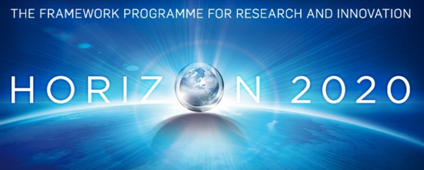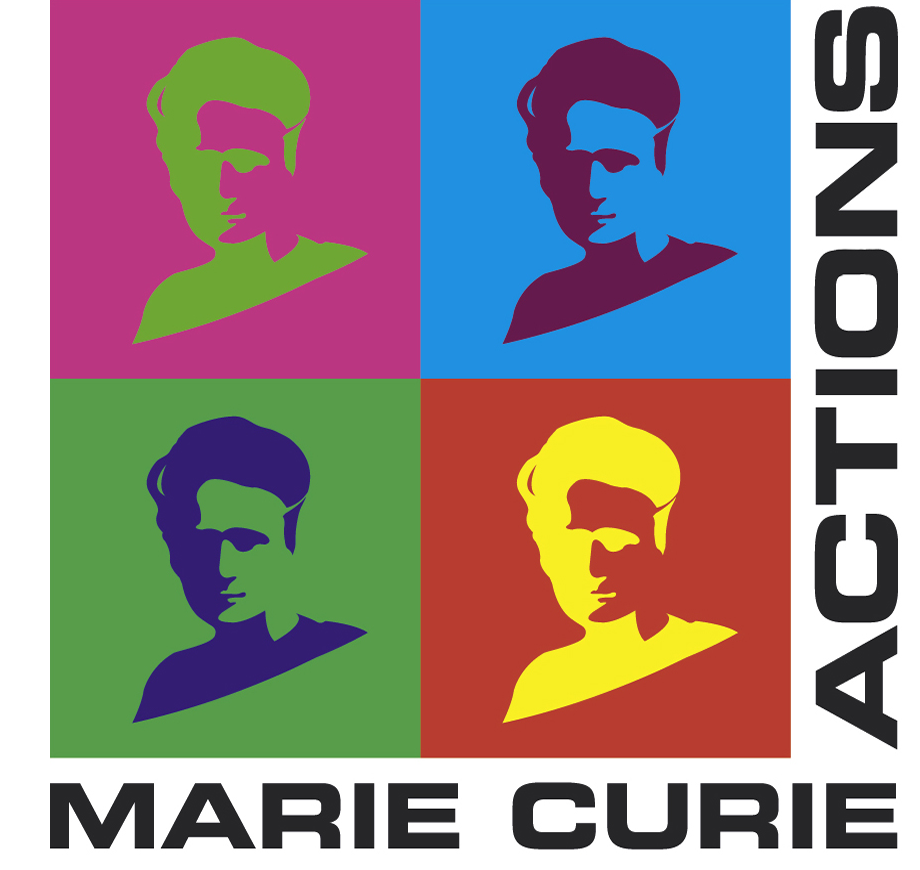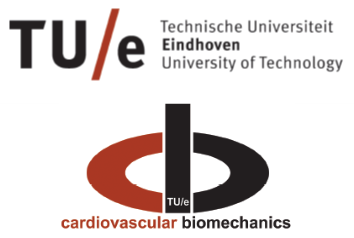WP1 - Minimally invasive heart surgery and percutaneous valve therapies
Workpackage Leader: Gianfranco B. Fiore, POLIMI
Minimally invasive and percutaneous procedures have emerged as the most promising approaches to valve treatment. Valve repair/replacement is performed in no-open chest conditions by means of specific operating tools, or even using repair devices or collapsible valves introduced by means of a catheter. As compared to standard open chest surgeries, these procedures are less traumatic and associated with less pain, discomfort, and post-operative analgesics, implying shorter hospitalization and lower costs. Traditional distinctions between prosthetic vs. reparative treatments, as well as the barriers between the role of the surgeon vs. that of the interventional cardiologist, are practically vanishing and new technology makers must keep the pace with that. Many issues still remain unsolved, e.g. deliver/manoeuvre precision, device repositioning, interaction with surrounding tissues and structures. WP1 of MUSICA is designed to tackle these problems by developing new technologies such as in vitro set-ups that include the real anatomy of the site of interest and allow for training of clinicians and testing of new devices, and “virtual” computational tools that can faithfully account for the effects of percutaneous access and quantify the biomechanical impact of the devices.
WP1 is comprised of the following five tasks/projects:
T1.1 Innovative platforms for realistic clinician training in the lab
T1.2 Simulation of transcatheter aortic valve implantation (TAVI)
T1.3 Devices and tools for minimally invasive cardiac surgery interventions
T1.5 Simulation of transcatheter mitral valve repair and replacement
WP2 - Image based patient specific cardiac modeling
Workpackage Leader: Peter H.M. Bovendeerd, TU/e
In the field of cardiac imaging for diagnosis and planning, patient specific image-based modeling is now considered a key challenge for the treatment of heart failure. Advances in imaging technology allow to quantify global and regional morphology and function of cardiac sub-structures from different image modalities: myocardial anatomy, global and regional myocardial functions, and local viability (i.e. % of scar tissue), can be derived from cine and late-enhancement cardiac MR acquisitions; blood fluid-dynamics within the heart chambers and in large vessels can be computed in detail from phase-contrast MR images ; the dynamics of valvular structures can be quantified from 4D echo datasets. Yet, the potentially huge amount of clinically relevant information is currently hampered by two limitations: first, the extraction of the abovementioned information often requires non-standard acquisition sequences, which may not be readily available to the clinical end-users within commercial imaging hardware and software. Second, integration and interpretation of these images and the corresponding extracted information are handled primarily and almost exclusively by the clinical end-user. This is a tedious, time-consuming task, which requires extensive experience and, despite the latter, is affected by inter-user variability. WP2 of MUSICA is devoted to the development of (semi-)automated image-processing tools with three aims: first, producing purpose-built software capable of integrating different information from multi-modal imaging, thus supporting clinicians in their diagnostic and decisional process with a comprehensive, quantitative and reliable analysis of the patient. Second, creating tools for real time 3D reconstruction of cardiac structures, based on the combination of the aforementioned image modalities with traditional fluoroscopic angiography data; such reconstruction would serve as a novel tool to support device positioning and deployment during percutaneous interventions. Third, developing image-based numerical models for the prediction of the biomechanical effects of different procedures on a patient-specific basis, thus supporting the choice of the optimal treatment.
WP2 is comprised of the following five tasks/projects:
T2.1 Comprehensive quantification and visualization of valve function & flow
T2.2 Comprehensive quantification and visualization of cardiovascular function & flow
T2.3 Modeling tools for data extraction
T2.4 Quantification of intra-cardiac flow
T2.5 4D segmentation and measurements for transcatheter heart valve implantation
WP3 - In vitro and in silico tissue models
Workpackage Leader: Eefje Verhoelst, MATERIALISE
Basic science research for improved cardiac disease prognosis has been recently boosted by the introduction of new technological advances in tissue modeling techniques. Tissue modeling is here intended as the ability to develop tools for investigating tissue adaptation, growth and remodeling both experimentally and numerically. This information is crucial to predict the long-term effects of therapies, and can be used to formulate suitable models predicting tissue remodeling following combined biomechanical/biochemical stimulation. These models can be used to better understand the progression of diseases and assess risk stratification. Also, they can be combined with image-based, patient-specific numerical models to predict not only the very short-term outcome of different procedures, but also their mid- and long-term results, whose optimization should be the ultimate clinical goal. WP3 of MUSICA will be focused on developing in vitro technologies to study tissue remodeling processes at the cellular level under high throughput and highly controlled conditions. Also, MUSICA will develop numerical models to quantify tissue remodeling, and embed them within patient-specific models of cardiac structures to predict the long-term effects of implantable devices.
WP3 is comprised of the following five tasks/projects:
T3.2 Modeling tools for clinical decision making
T3.4 Development of scaffold and bioreactor technologies for the engineering of heart valve models
T3.5 Development of catheter-based light-enhanced therapies





 Research
Research